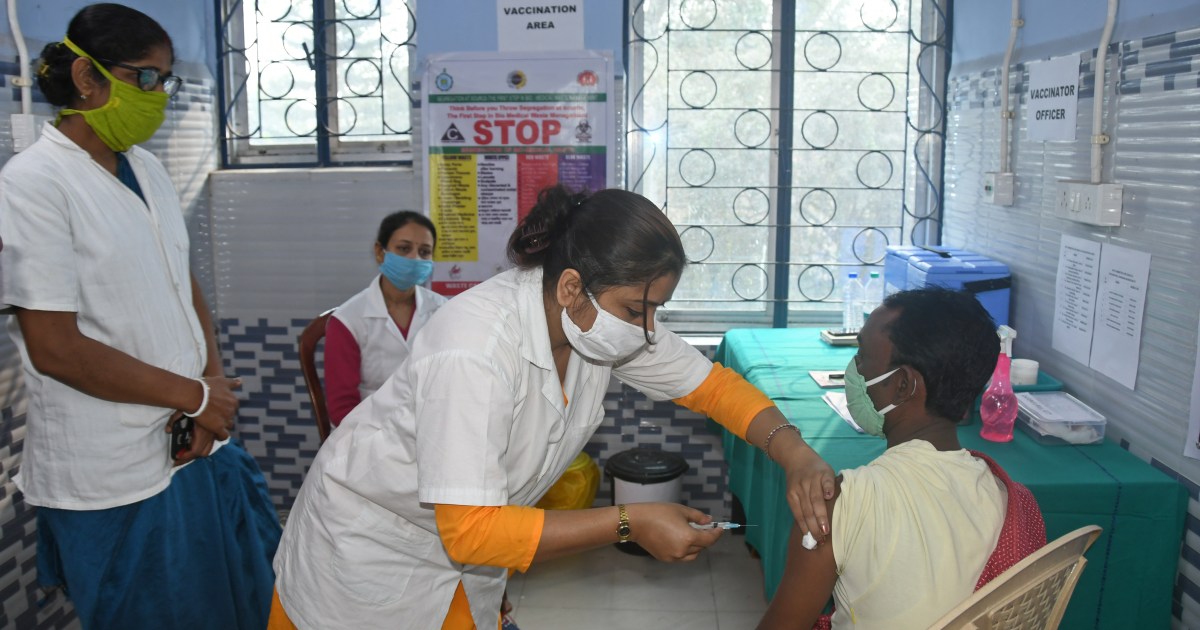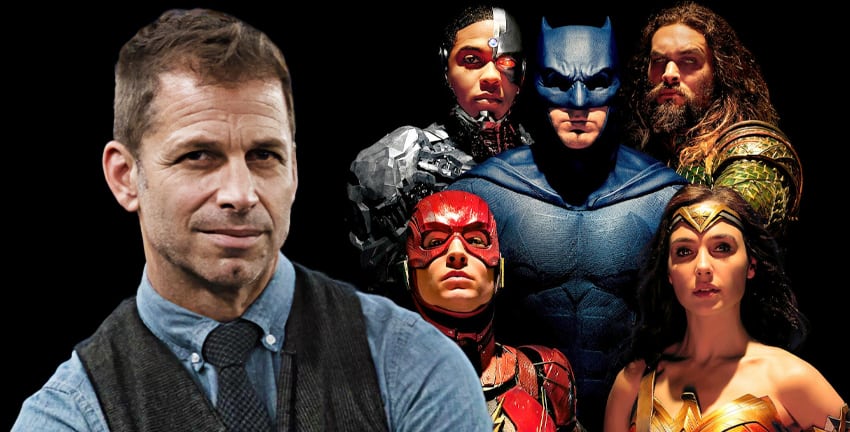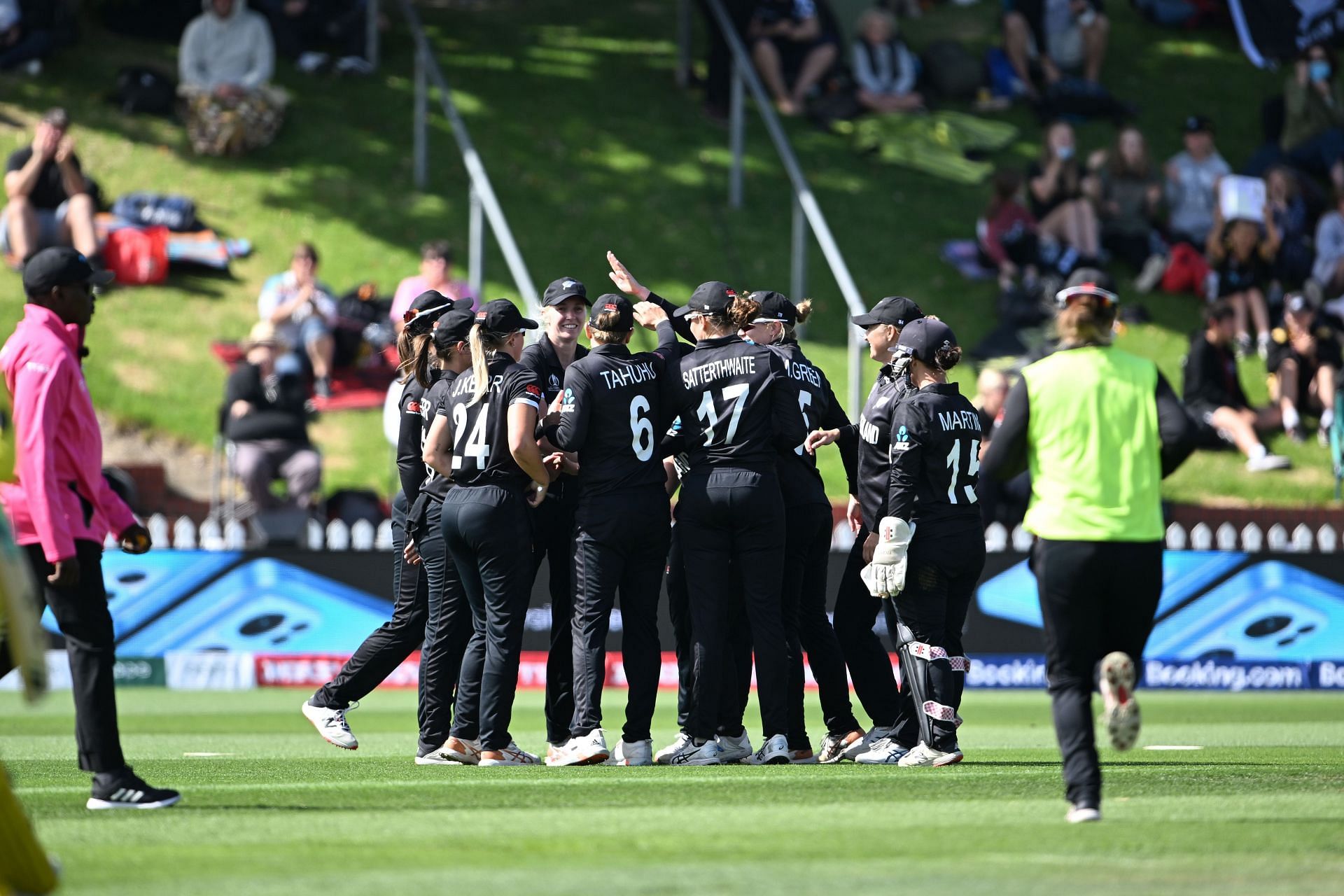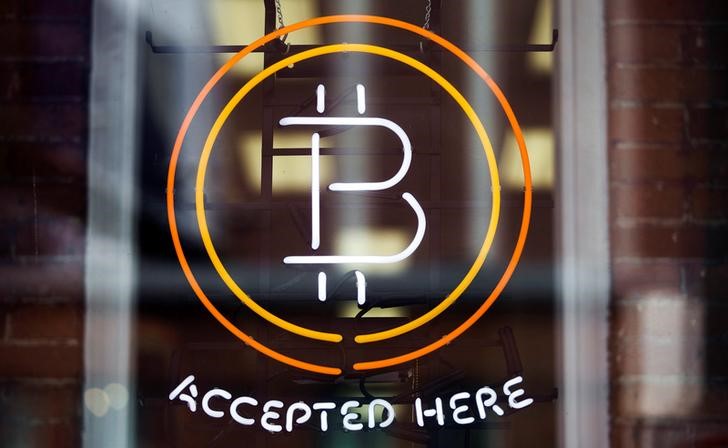There are periods of time when we all flip on the TV and watch live events unfold in real-time. National disasters, wars, crises, big entertainment and sporting events all tend toward communal viewing. In many ways, it is the last vestiges of the early days of television when there were only 3 networks and mornings in the office led to water cooler discussions of the big show broadcast last night.1
Note how many anachronisms fill that paragraph: Television, networks, office, water cooler, broadcast.2
~~~
As someone who is immersed 24/7 in the modern financial mediascape, I have a very skewed perspective. I have learned over the decades how (professionally) to sequester all of the noisy distractions; it is a key skill to be able to compartmentalize as much of the emotional component as possible. Using context and framing allows you to see the nuance, which leads to better decision-making. But I never want to lose touch with how Main Street feels about market activity, especially during periods of sell-offs and higher volatility.
I recall a vacation during late February 2020, as the market was starting to price in the pandemic. My recollections are vivid: I had modest connectivity, no Bloomberg Terminal, and was learning what was going on mostly on Twitter and from Financial TV. The experience made it even clearer to me why Mom & Pop investors have mostly given up on Wall Street and just index now.
~~~
Imagine a Private Equity fund bought some cable/satellite slot dedicated to gardening. All day long, it was filled with discussions about landscape architecture, which plants were best for each regional climate, how to create compost, basic advice on fertilizers and weed killers, and pesticides. All of the basics of maintaining a piece of suburban real estate or farm or ranch or even an arboretum.
Nobody was watching this.
A highlight of the channel’s website is a series of cams literally watching trees grow. We see the selection of this tree over that one; we watch the planting process. Every day that we visit the channel more or less looks like the last. Perhaps every 6 months or so, depending upon which arbor variety the cam focuses on, we notice a little progress on its growth.
The new owners of the channel needed to attract viewers if they want to sell advertising and generate a return on their investment. So they rebranded “The Gardening Channel” with flashy graphics, sound effects, and sexy anchors. They encouraged their guests to engage in arguments. Viewers related to tribes with different gardening approaches. Some were organic, others modern, some intuitive, some rely on data analysis. The classic reality TV trope we are all now familiar with — the artificial conflicts and fights used to create the necessary dynamic tension all narratives need to succeed — became the dominant theme.
This radically altered the channel. Instead of pastoral, bucolic imagery, it’s now yelling, arguing, and complaining about Big Garden repressing the landscape — a veritable MMA cage match of faux disagreements.
Viewership soared…
~~~
What are you getting from consuming 24/7 coverage of the world of economics, markets, and finance? How does all of this “free financial advice” impact your collective psyche? Is it helping or hurting you?
Heading into year-end, perhaps we should be asking ourselves how much value we derive from overconsuming endless tweets, blog posts, podcasts, youtubes, and most perniciously, tiktoks.
~~~
I was once offered a gig doing a daily financial TV show; I turned it down, choosing to launch Masters in Business instead. I enjoy the format a whole lot more, and besides, MiB requires less shaving and zero dieting.3
But if I did have a nightly television show, there might be a small problem. I would come out each evening and say: “Be sure to own a globally diversified, low-cost portfolio of inexpensive ETFs; Rebalance once a year; See ya tomorrow!” You can see the issue we have of 59 minutes and 47 seconds of dead air.
~~~
This raises the question I ask on an occasional basis: Who are you paying attention to and why? What are you getting out of all this endless consumption of news & opinion? How much actual Signal do you find buried amidst all that Noise?
Its the same in every system: Garbage in, garbage out…
The end of the year is the perfect opportunity to rethink your consumption habits and re-engineer your media diet.
Previously:
Watching From Afar (March 2, 2020)
Re-Engineer Your Media Diet (February 2, 2017)
More Signal, Less Noise (October 25, 2013)
The Price of Paying Attention (November 2012)
Who Do You Trust? (January 2008)
Lose the News (June 2005)
Manage Your Media Diet
________
1. What is left over from that era is the idea that we can periodically rely on mainstream media to inform us in case of an emergency. But what happens when the emergency ends? Ted Koppel began covering the Iran hostage crisis (Iranian militants held 52 Americans captive) in early November 1979. Eventually, that program became ABC’s Nightline, which Koppel hosted until November 2005.
2. Traditional media in the post-war era suffered from the problems of its day: It was sexist and racist, and suffered from all of the issues society at large was laboring beneath.
At the risk of overly romanticizing the prior eras, at the very least they were much more professional. There were standards of journalism, which meant better writing and editing, and some basic rules of what was and was not allowable. Sourcing and accuracy were the (not always achieved) goals. For sure, much of Media was Corporate-owned, biased, and defenders of the status quo, e.g., their owner’s interests. But there was a bit of Noblesse Oblige mixed in with sensationalism and yellow journalism and profit-seeking. Facebook, InfoWars, and even Fox News could not have survived those rules.
3. What I elected to do instead was to sit down each week with the most thoughtful, intelligent, and successful investors I can find and spend 90 minutes asking them who are they and how did they get that way?
It’s not just me, but my entire team that operates this way: we try to explore the crucial issues affecting markets and provide a data-based approach to at least understand what is going on. My hope is if you feel knowledgeable and informed and rational, you will (hopefully) make fewer of the traditional emotional errors to which so many investors succumb.















